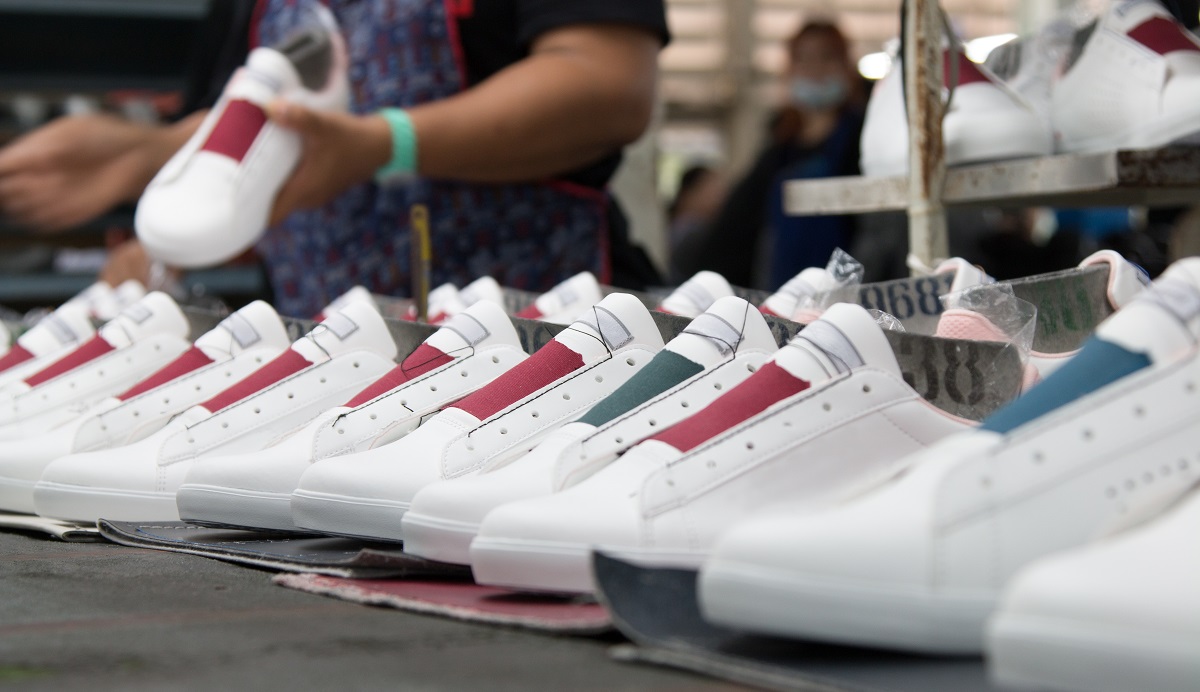A new report from the EU Intellectual Property Office (EUIPO) found that European clothes, cosmetics and toy manufacturers now face annual sales losses of around €16 billion due to the rise of counterfeit products. Counterfeit products harm manufacturers and pose a health and safety risk to consumers who purchase them.
Key findings of the report
EUIPO’s study, which analysed data from 2018-2021, found that the clothing industry suffers the most from counterfeit goods, losing almost €12 billion of annual revenue or the equivalent of 5.2% of annual sales. Cyprus and Ireland were the countries most impacted by fake clothing items, with each country losing more than 10% of annual sales in the industry.
While the toy industry was the smallest of the three analysed in the study, it has the highest percentage of annual sales lost due to counterfeiting with 8.7%. This amounts to just over €1 billion in annual revenue lost to counterfeit products. The cosmetics industry was least impacted by counterfeit goods, losing just 4.8% of annual sales or the equivalent of €3 billion.
The non-financial impact
It is also important to note the threat these products pose to the health and safety of consumers. EUIPO’s report notes that counterfeiting in the cosmetics and toys industries are particularly of concern, likely given the intended use of cosmetics and the intended audience of toys. In fact, a 2022 EUIPO threat assessment of intellectual property (IP) crime found that potentially harmful cosmetic and toy products account for 15% of counterfeit articles seized at the EU’s external borders.
Manufacturers have little control over whether consumers choose to purchase counterfeit versions of their products, especially as one third of Europeans revealed they “find it acceptable to buy counterfeits if the price of the genuine product is too high.” And with the rise of online marketplaces that offer genuine and counterfeit products almost side-by-side, it can be increasingly difficult for consumers to tell the difference. The unknowing purchase of counterfeit goods can result in the loss of consumer trust and loyalty for online retailers, and reputational damage for the brand whose authenticity is compromised.
Combatting counterfeit goods
Given the financial and safety risks associated with the presence of counterfeit goods, EUIPO has dedicated many resources to combat the practice. This includes a multi-agency effort with EUROPOL, the European Anti-Fraud Office (OLAF), and the European Commission that focuses on identifying and eliminating fake goods in the EU. Of particular concern is the connection between IP crime and other serious crimes such as money laundering and organised crime.
There are many tactics that manufacturers can consider to counteract counterfeit goods, ranging from internet IP tools and trade and certification marks to authentication technology and labelling protocols. It is also important to regularly audit your supply chain partners and the markets where your products are being sold to ensure you are not unwittingly using or selling counterfeit goods. Finally, engaging with trusted third party experts who specialize in brand protection and product recall can help manufacturers prepare for—and react to—any adverse in-market product crises.
Trusted by the world’s leading brands, Sedgwick brand protection has managed more than 7,000 of the most time-critical and sensitive product recalls in 100+ countries and 50+ languages, over 25 years. To find out more about our product recall and remediation solutions, visit our website here.
Chris Occleshaw, recall consultant

